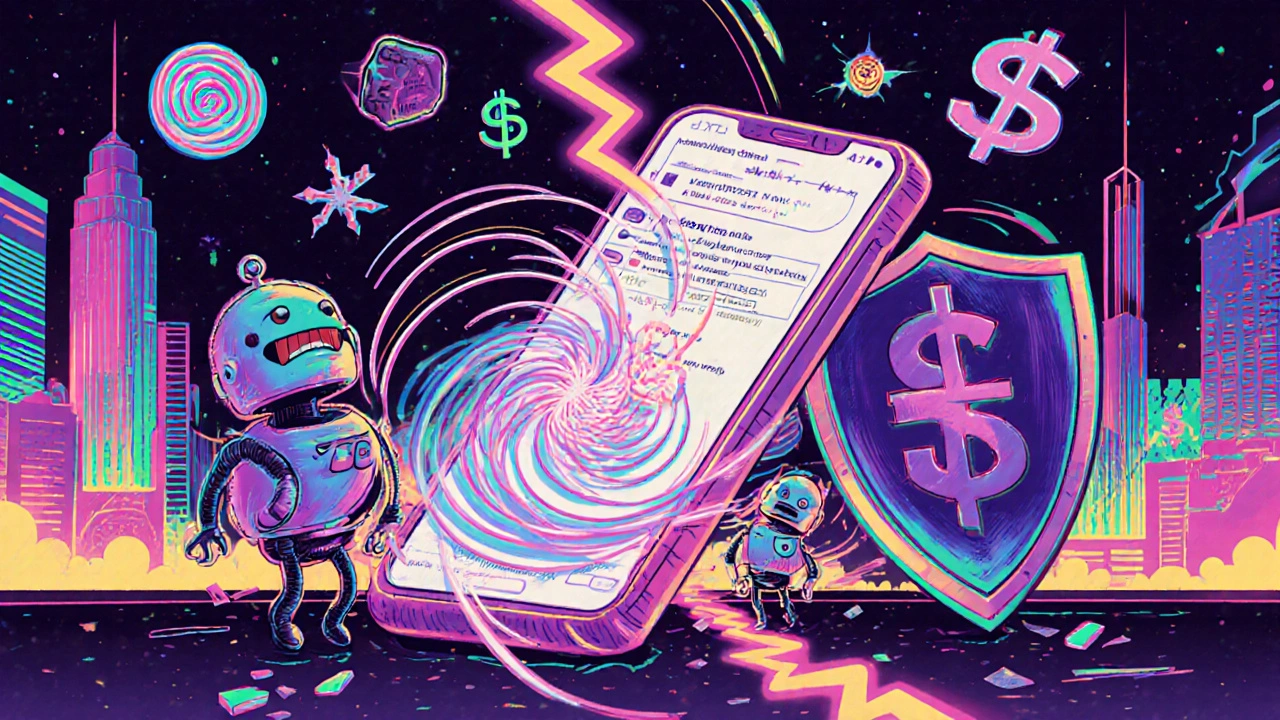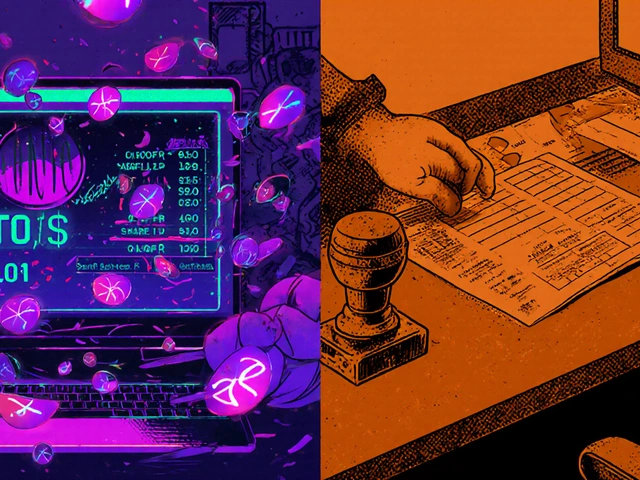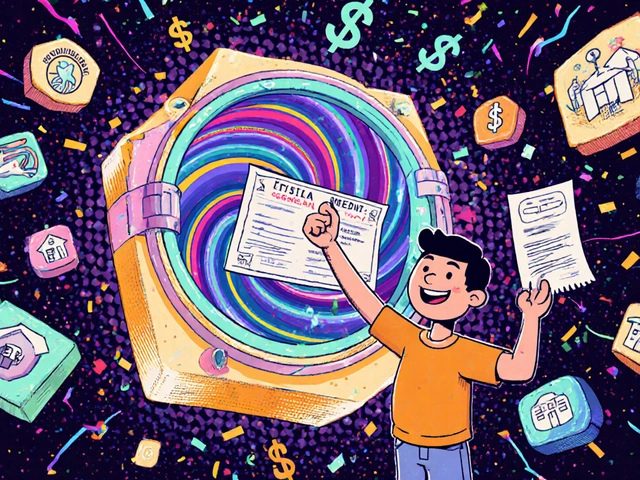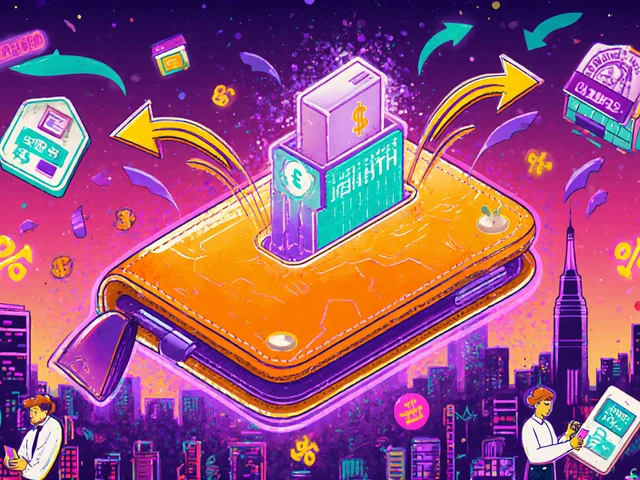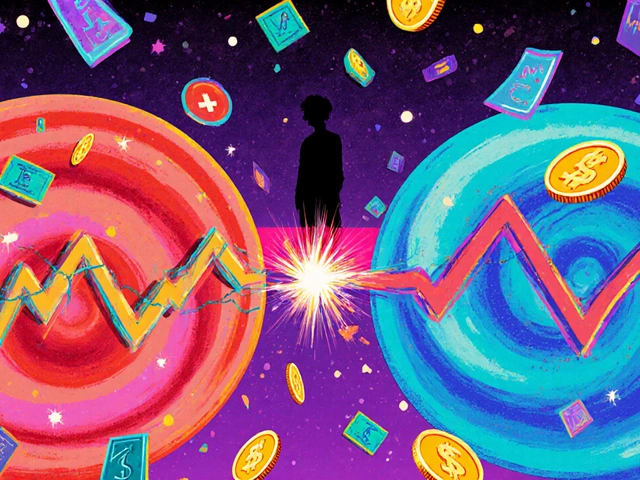Fintech Security: Protect Your Money in the Digital Age
When you use a fintech security, the systems and practices that protect digital financial services from cyber threats. Also known as digital banking security, it’s what stops strangers from draining your account while you sleep. This isn’t sci-fi—it’s your everyday reality. Every app that lets you pay a bill, send money to a friend, or invest spare change relies on fintech security to work. And if that layer fails, your savings, credit score, and identity are at risk.
It’s not just about passwords. Real fintech security includes multi-factor authentication, a system that requires two or more ways to verify you’re you—like a code sent to your phone or a fingerprint scan. It’s also about dark web monitoring, services that scan hidden parts of the internet for your leaked email, password, or Social Security number. These aren’t luxury features. They’re the minimum you need to stay safe. In 2025, 68% of identity theft starts with a stolen login—often from a data breach you never heard about. That’s why tools like credit freezes and automated fraud alerts aren’t optional. They’re your first line of defense.
Fintech security doesn’t just protect your money—it protects your peace of mind. When you know your accounts are locked down, you stop checking your balance at 2 a.m. You stop worrying that a text from "your bank" is a trap. You start making smarter decisions because you’re not scared. The posts below show you exactly how to do this. You’ll see how real users set up multi-factor authentication on their neobanks, what dark web monitoring actually looks like in action, and why most people miss the simplest step: freezing their credit. No fluff. No jargon. Just what works.
